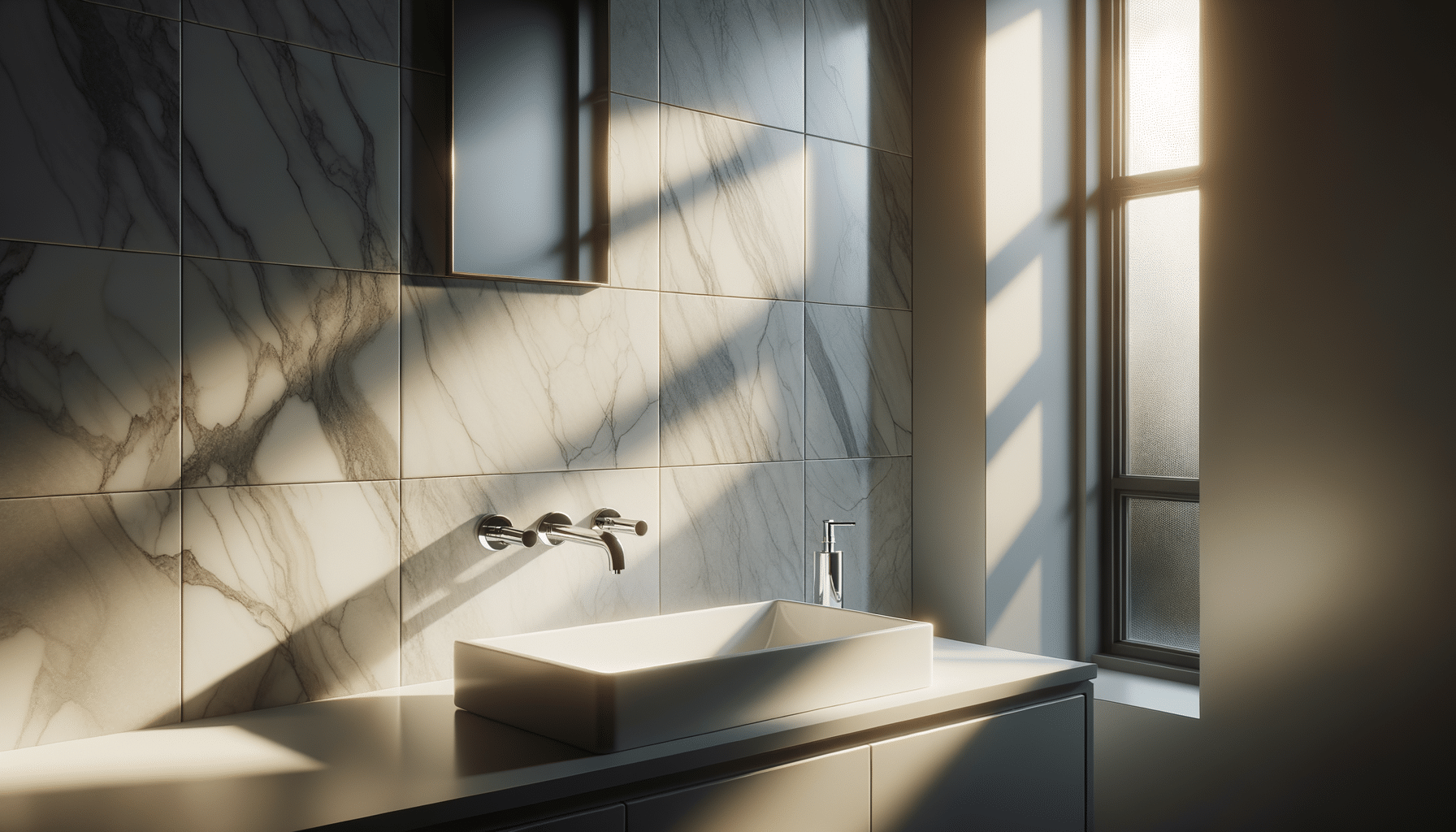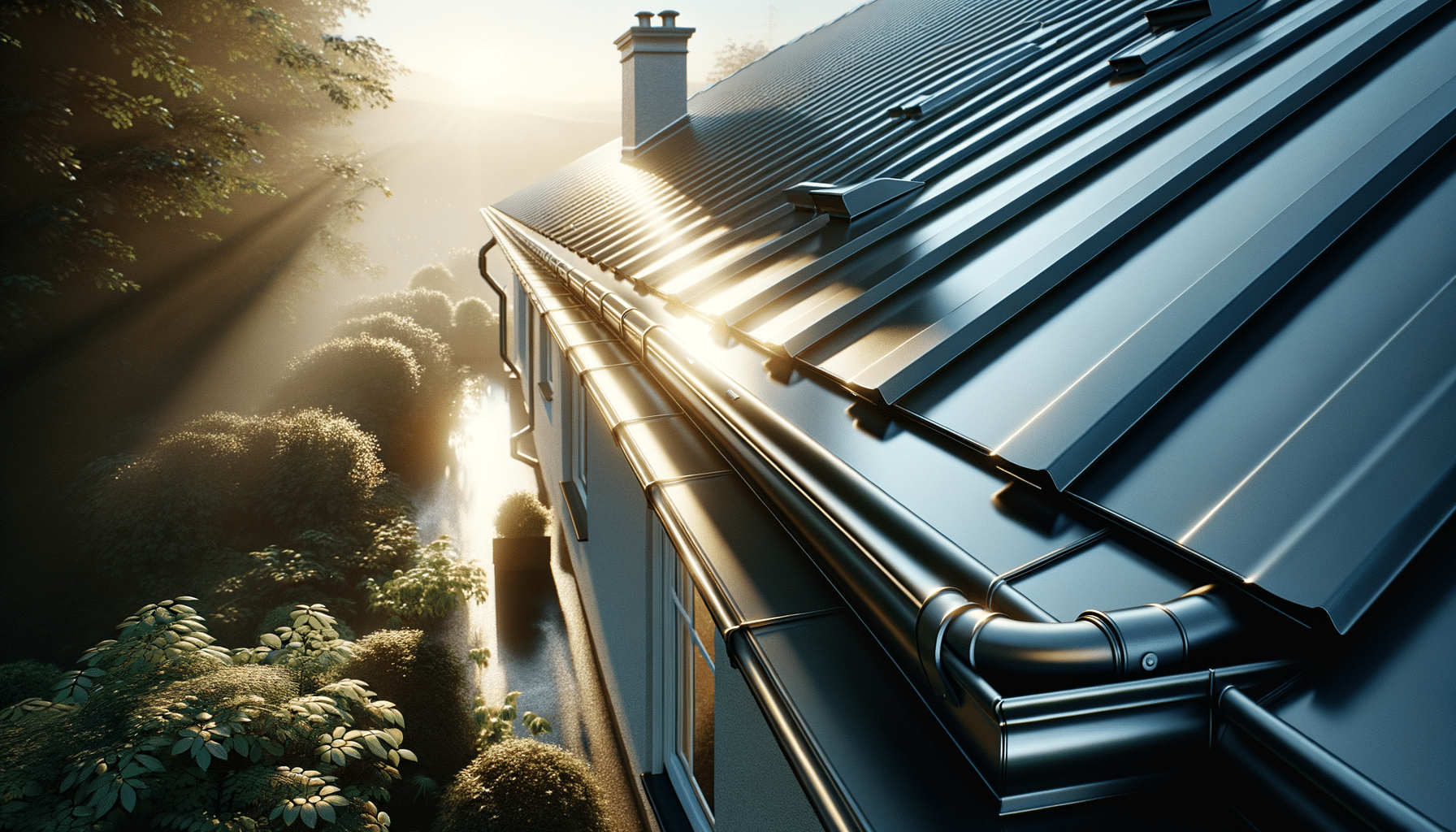
Bathroom Wall Panels
Introduction to Bathroom Wall Panels
Bathroom wall panels have emerged as a popular choice for homeowners looking to enhance the aesthetics and functionality of their bathrooms. These panels offer a seamless blend of style and practicality, making them an attractive alternative to traditional tiling. With a range of designs, finishes, and materials available, bathroom wall panels can transform any space into a modern oasis while providing essential protection against moisture and wear.
The Benefits of Installing Bathroom Wall Panels
Bathroom wall panels offer numerous benefits that make them a preferred option for many. One of the most significant advantages is their resistance to water and moisture, which is crucial in a bathroom setting. Unlike tiles, which have grout lines that can become breeding grounds for mold and mildew, wall panels provide a smooth, grout-free surface that is easy to clean and maintain.
Additionally, bathroom wall panels are incredibly easy to install. They can be fitted directly onto existing walls or tiles, saving time and labor costs. This feature is particularly beneficial for those looking to renovate their bathrooms without undergoing a complete overhaul. The panels are also available in various materials, such as PVC, acrylic, and composite, each offering unique properties in terms of durability and appearance.
Furthermore, bathroom wall panels come in a wide range of designs and textures, allowing homeowners to achieve the desired look and feel. Whether you prefer a sleek, modern aesthetic or a more traditional appearance, there is a panel to suit every style. This versatility, combined with their practical benefits, makes bathroom wall panels a smart investment for any home.
Comparing Bathroom Wall Panels to Traditional Tiling
When it comes to bathroom renovations, one of the most common dilemmas homeowners face is choosing between bathroom wall panels and traditional tiling. Each option has its merits, but understanding the differences can help make an informed decision.
Traditional tiles have long been a staple in bathroom design. They offer a classic look and are available in various shapes, sizes, and colors. However, the installation process can be labor-intensive and time-consuming, often requiring professional expertise. Grout lines can also become problematic over time, as they may discolor or harbor mold and mildew.
In contrast, bathroom wall panels offer a modern solution with their easy installation and maintenance. The absence of grout lines means less worry about mold, and they provide a clean, seamless appearance. While tiles can be more customizable in terms of patterns and colors, wall panels offer a vast array of designs that mimic the look of tiles, stone, or even wood, providing flexibility without compromising on style.
Choosing the Right Material for Your Bathroom Wall Panels
Selecting the right material for your bathroom wall panels is critical to achieving the desired look and performance. Each material offers unique benefits, so it’s essential to consider factors such as durability, maintenance, and budget.
PVC panels are a popular choice due to their affordability and water resistance. They are lightweight, easy to install, and available in many designs and colors. Acrylic panels, on the other hand, offer a high-gloss finish that is both stylish and durable, making them a great option for modern bathrooms.
For those seeking a more luxurious feel, composite panels provide a premium option. Made from a blend of materials, these panels are highly durable and offer superior insulation properties. They can also mimic the appearance of natural stone or wood, adding an elegant touch to your bathroom.
Ultimately, the choice of material will depend on your personal preferences and the specific requirements of your bathroom. By weighing the pros and cons of each option, you can select the material that best suits your needs.
Installation Tips for Bathroom Wall Panels
Installing bathroom wall panels is a relatively straightforward process, but following some key tips can ensure a smooth and successful installation. Preparation is crucial, so start by cleaning and drying the walls to remove any dirt, grease, or moisture. This step helps the adhesive bond effectively to the surface.
Measure the area carefully to determine the number of panels needed. It’s always a good idea to purchase a few extra panels to account for any mistakes or future repairs. When cutting the panels, use a fine-toothed saw to achieve clean, precise edges.
Apply a high-quality adhesive to the back of the panels and press them firmly against the wall, starting from one corner and working your way across. Use a level to ensure the panels are aligned correctly. Once installed, seal the edges with a waterproof sealant to prevent water ingress.
By following these steps, you can achieve a professional-looking finish that will enhance the beauty and functionality of your bathroom for years to come.
Conclusion: The Appeal of Bathroom Wall Panels
In conclusion, bathroom wall panels offer a compelling option for anyone looking to update their bathroom space. With their combination of style, durability, and ease of installation, they provide a practical solution that meets the needs of modern homeowners. Whether you’re renovating an existing bathroom or designing a new one, considering bathroom wall panels can ensure a beautiful and long-lasting result.
By choosing the right material and design, you can create a bathroom that not only looks great but is also functional and easy to maintain. As the trend towards innovative home solutions continues, bathroom wall panels stand out as a versatile and attractive choice for any home.


